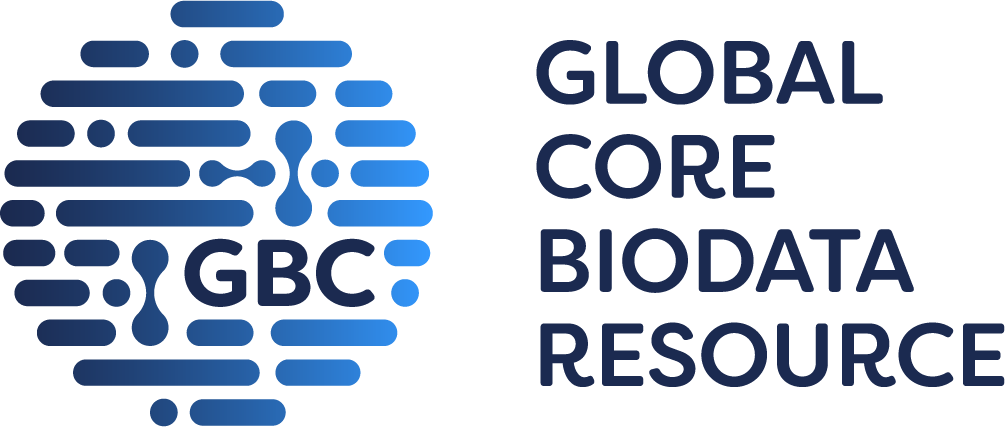mortality/aging
|
• homozygous embryos die between E11.5 and E12.5; no live embryos are detected after E12.5, indicating an earlier onset of developmental defects and a narrower window of lethality relative to Ddi2tm1b(EUCOMM)Hmgu homozygotes
|
embryo
|
• qRT-PCR analysis of embryos prior to the onset of lethality shows a significant increase in mRNA expression of Xpc and Bcl2 at E10.5, suggesting activation of DNA-damage and apoptotic pathways
• E10.5 embryo tissue lysates show increased PERK activation resulting in elevated ATF4 protein levels; ATF4 in turn transactivates DDIT3/CHOP, indicating induction of cell death
• moreover, E10.5 embryo tissue lysates show significantly increased protein levels of cleaved caspase-3 (an apoptosis marker) and gammaH2AX (a DNA damage marker)
|
|
• homozygous embryos exhibit unresolved proteotoxic stress leading to developmental failure (systematic breakdown) and death
|
|
• homozygous embryos are overtly normal at E9.5 but show early signs of growth retardation at E10.5
• by E11.5, half of the embryos are dead while the rest show severe growth retardation
|
growth/size/body
|
• homozygous embryos are overtly normal at E9.5 but show early signs of growth retardation at E10.5
• by E11.5, half of the embryos are dead while the rest show severe growth retardation
|
homeostasis/metabolism
|
• embryos exhibit severe proteotoxic stress characterized by upregulation of the unfolded protein response (UPR) and cell death pathways
• E10.5 embryo tissue lysates show accumulation of polyubiquitinated proteins of higher molecular weight (above 250 kDa)
• qRT-PCR analysis of embryos prior to the onset of lethality shows a significant 2-fold increase in Ngly1 along with marked upregulation of Rad23a and Rad23b at E10.5
• analysis of proteasome composition and activity shows a mild reduction in the chymotrypsin-like activity of native tissue lysates accompanied by decreased levels of 26S/30S proteasomes
|
cellular
|
• E10.5 embryo tissue lysates show significantly increased protein levels of CDKN1A/p21 (indicating activated cell-cycle arrest) and decreased protein levels of CCNE1/cyclin E1 and RB1/pRb (indicating downregulation of cell cycle progression)
|
|
• qRT-PCR analysis of embryos prior to the onset of lethality shows a significant increase in mRNA expression of Xpc and Bcl2 at E10.5, suggesting activation of DNA-damage and apoptotic pathways
• E10.5 embryo tissue lysates show increased PERK activation resulting in elevated ATF4 protein levels; ATF4 in turn transactivates DDIT3/CHOP, indicating induction of cell death
• moreover, E10.5 embryo tissue lysates show significantly increased protein levels of cleaved caspase-3 (an apoptosis marker) and gammaH2AX (a DNA damage marker)
|
|
• qRT-PCR analysis of embryos at stages prior to the onset of lethality shows a significant increase in mRNA expression of characteristic unfolded protein response (UPR) genes (e.g. Atf4, Ddit3/Chop, and Herpud1) at E10.5 and E11.5
• E10.5 embryo tissue lysates show activation of the PERK pathway of the UPR, with increased autophosphorylation of PERK and subsequent eiF2alpha phosphorylation
|
|
• RT-PCR analysis of embryos at stages prior to the onset of lethality shows a significant increase in Nfe2l2 mRNA expression at E10.5 and E11.5, and of several other genes involved in oxidative stress response (Gclm, Gss, and Hmox1)
|



 Analysis Tools
Analysis Tools